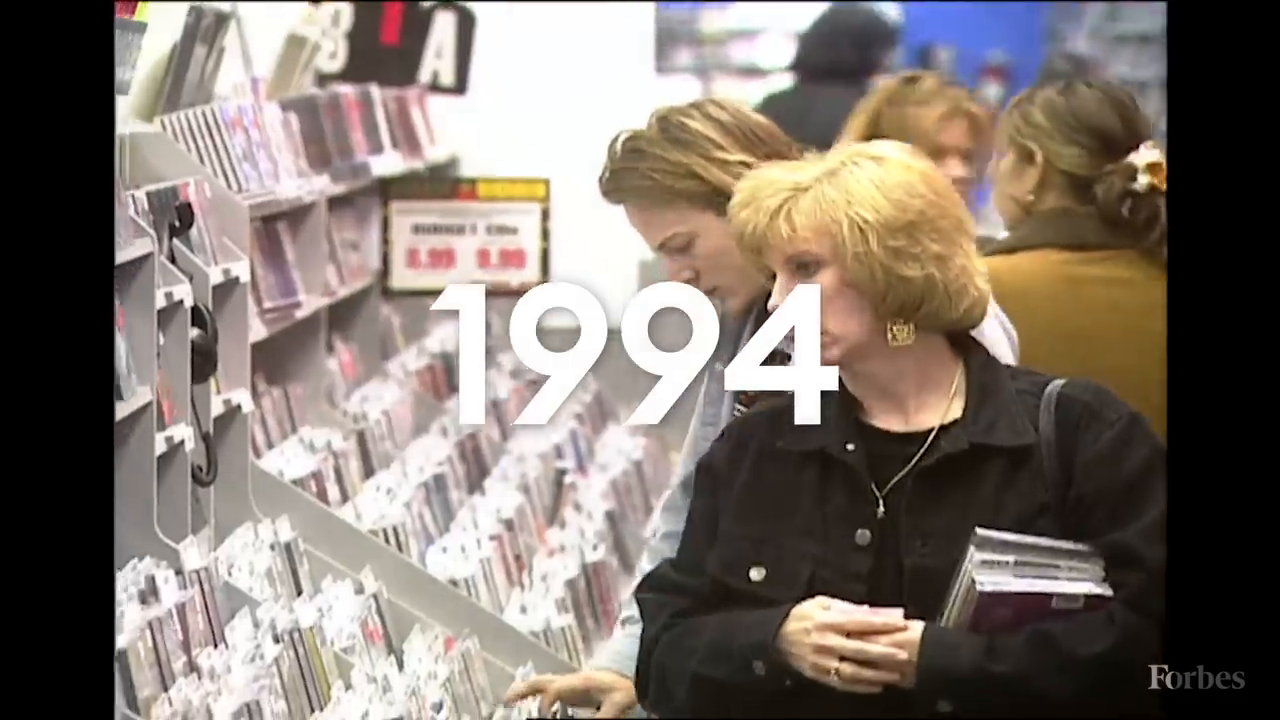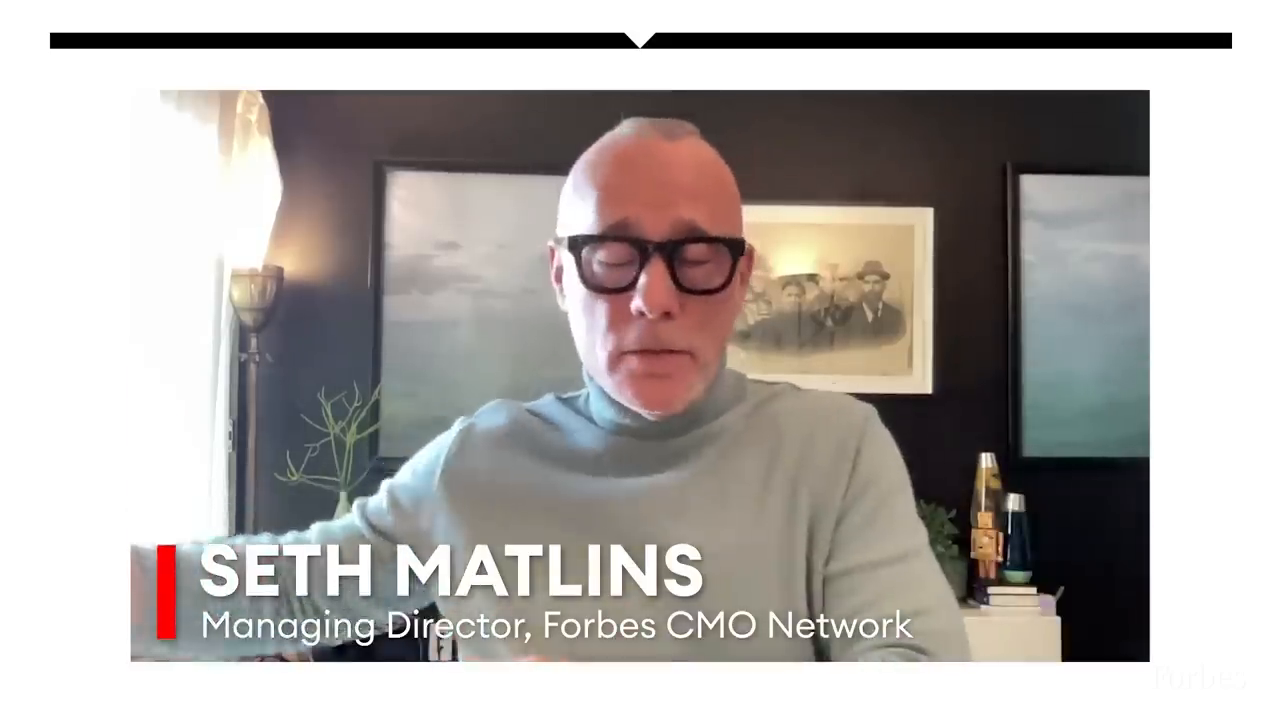The Unlikely Rise of Stanley Cups: A Masterclass in Marketing and Cultural Momentum
Imagining the Future of Consumerism
Imagine going back to 1994 and asking people what a hot product would look like in 2024. Chances are, it wouldn't resemble a Stanley Cup, a reusable water bottle that has become a cultural phenomenon. Yet, here we are, with the Stanley Cup being one of the most sought-after forms of beverage containment, largely thanks to TikTok. The company's revenue jumped from $74 million in 2019 to $750 million in 2023.
Behind the Massive Sales: A Deeper Case Study in Effective Product Marketing
But behind the massive sales, there's a deeper case study in effective product marketing and leveraging cultural momentum. The Stanley Cup brand isn't just about buying a product; it's about buying into a community of like-minded individuals who share similar values and aspirations. The marketing savviness of Stanley Cup lies in its ability to not only execute traditional marketing means but also leverage other vehicles to reach new people and create new contexts.
The Power of Scarcity and Limited Editions
The company's strategy has been successful in creating a sense of scarcity and exclusivity, with limited-edition colors and designs that create a sense of FOMO (fear of missing out) among consumers. This has led to a frenzy of demand, with customers clamoring to get their hands on the latest releases.
 Image caption: The frenzy surrounding Stanley Cup releases, with customers lining up to get their hands on the latest limited-edition designs.
Image caption: The frenzy surrounding Stanley Cup releases, with customers lining up to get their hands on the latest limited-edition designs.
Leveraging Cultural Contagion
Stanley Cup has also leveraged cultural contagion, partnering with content creators on TikTok to showcase their products in unique and creative ways. This has helped to create a sense of community around the brand, with customers sharing their own experiences and stories with the product.
The Importance of Product Quality and Customer Loyalty
Despite the challenges it has faced, including concerns over lead content and manufacturing processes, Stanley Cup has maintained its commitment to product quality and customer loyalty. The company has responded to customer concerns, ensuring that its products are safe and meet high standards of quality.
Lessons from the Stanley Cup Phenomenon
The Stanley Cup phenomenon offers several lessons for marketers and brands. Firstly, it highlights the importance of understanding one's customer and creating a sense of community around a brand. Secondly, it shows the power of scarcity and limited editions in creating demand and exclusivity. Finally, it demonstrates the importance of leveraging cultural contagion and social media to reach new audiences and create new contexts.
 Image caption: The Stanley Cup has become a cultural icon, symbolizing a sense of style, sustainability, and community.
Image caption: The Stanley Cup has become a cultural icon, symbolizing a sense of style, sustainability, and community.
Conclusion
The Stanley Cup phenomenon is a masterclass in marketing and cultural momentum. By leveraging scarcity, limited editions, and cultural contagion, the company has created a sense of community and exclusivity around its products. As we look to the future of consumerism, the Stanley Cup phenomenon offers several lessons for marketers and brands looking to create a lasting impact on their customers.
 Image caption: The Stanley Cup phenomenon offers a glimpse into the future of consumerism, where brands must create a sense of community and exclusivity to thrive.
Image caption: The Stanley Cup phenomenon offers a glimpse into the future of consumerism, where brands must create a sense of community and exclusivity to thrive.
